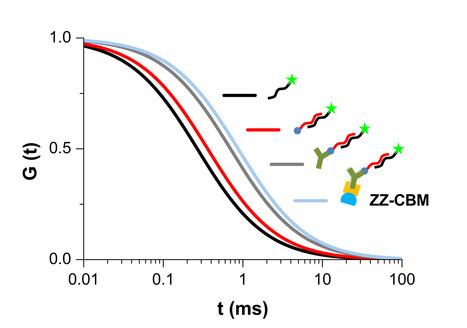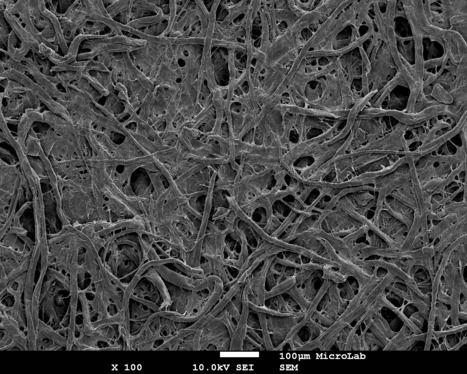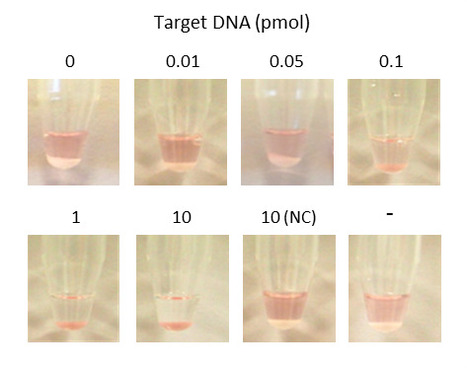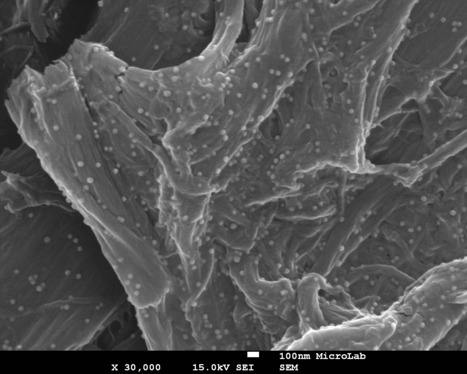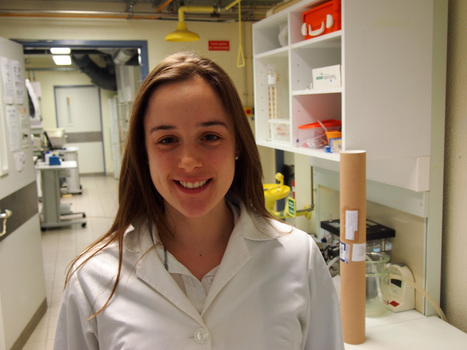
Ana Margarida Rosa will be defending her PhD thesis in Biotechnology and Biosciences on Wednesday the 29th january 2020 (10:30 H, amphitheater PA-3, Mathematics Building). During the last years, and under the supervision of Miguel Prazeres from BERG-iBB and Pedro Paulo from CQE-IST, Ana developed a cellulose-based system for the colorimetric detection of nucleic acids by exploring the recognition of biotin-labeled DNA hybrids by anti-biotin antibodies immobilized through ZZ-CBM chimeric proteins. These fusions combine carbohydrate-binding modules (CBM) with affinity to cellulose and double Z domains (ZZ) that bind to IgG antibodies. The title of the thesis is “DNA recognition system on bioactive paper using fusions of carbohydrate-binding modules and IgG-binding Z domains”.



 Your new post is loading...
Your new post is loading...

